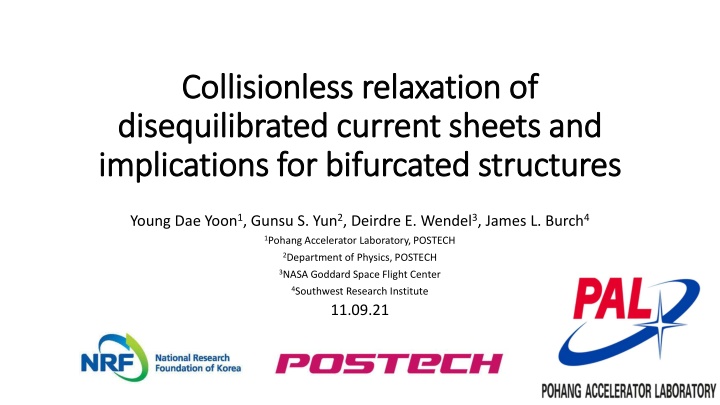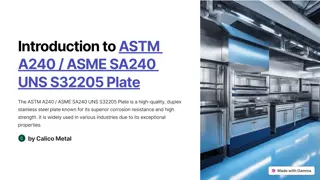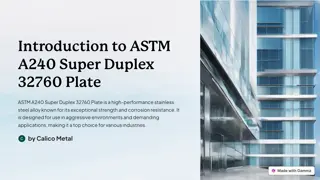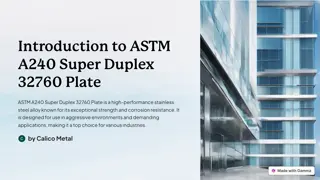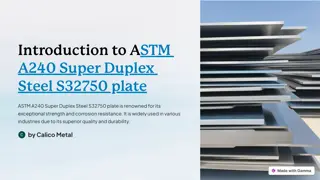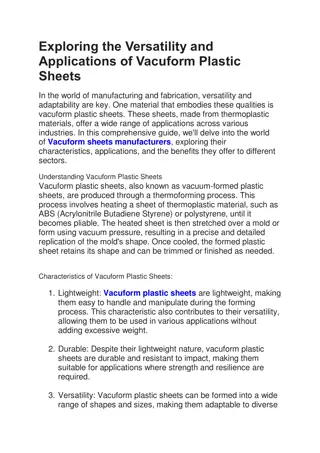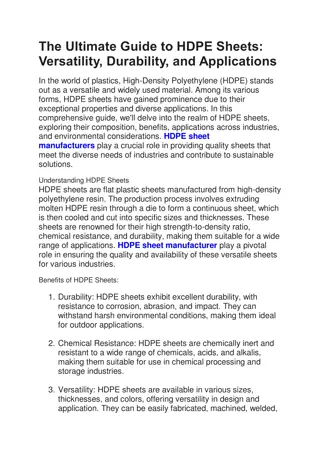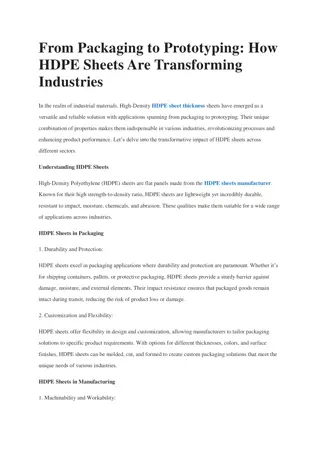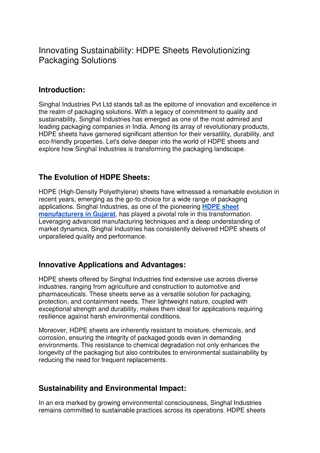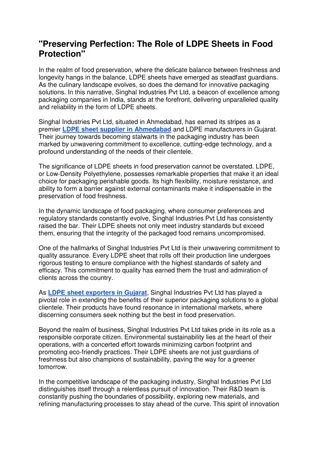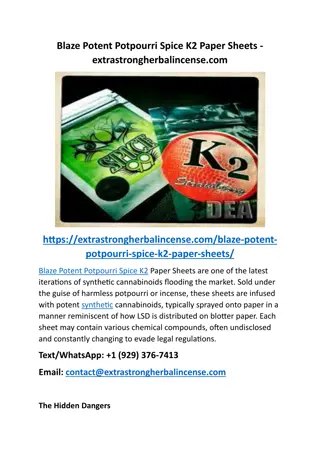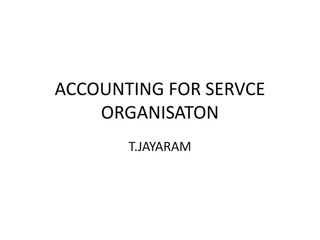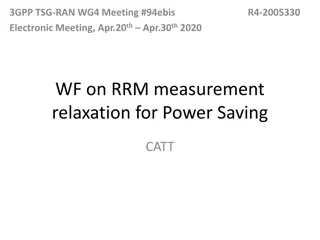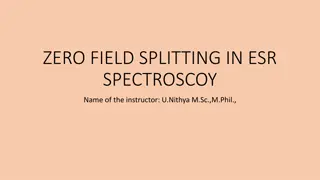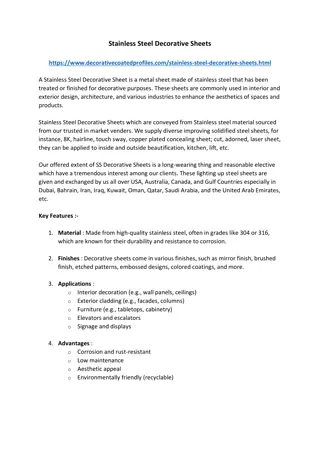Collisionless Relaxation of Disequilibrated Current Sheets
Investigating how collisionless plasma systems achieve equilibria with under-heated current sheets, utilizing single-particle dynamics and exploring four classes of particle orbits in phase space distributions."
Download Presentation

Please find below an Image/Link to download the presentation.
The content on the website is provided AS IS for your information and personal use only. It may not be sold, licensed, or shared on other websites without obtaining consent from the author.If you encounter any issues during the download, it is possible that the publisher has removed the file from their server.
You are allowed to download the files provided on this website for personal or commercial use, subject to the condition that they are used lawfully. All files are the property of their respective owners.
The content on the website is provided AS IS for your information and personal use only. It may not be sold, licensed, or shared on other websites without obtaining consent from the author.
E N D
Presentation Transcript
Collisionless Collisionless relaxation of relaxation of disequilibrated current sheets and disequilibrated current sheets and implications for bifurcated structures implications for bifurcated structures Young Dae Yoon1, Gunsu S. Yun2, Deirdre E. Wendel3, James L. Burch4 1Pohang Accelerator Laboratory, POSTECH 2Department of Physics, POSTECH 3NASA Goddard Space Flight Center 4Southwest Research Institute 11.09.21
y Plasma Current B Current sheet z x Many kinetically-exact 1D equilibrium solutions Can also be understood in the MHD framework (pinching force = thermal force) Mostly stationary solutions have been studied so far Question: how does a plasma system achieve equilibria in a collisionless manner? E.g., if a current sheet is under-heated so that how does it collisionlessly pinch and heat up?
Single-particle dynamics Consider particle dynamics under A particle obeys Lagrangian dynamics under
Single-particle dynamics Normalized Lagrangian: Three constants of motion Canonical momenta Energy (Hamiltonian)
Single-particle dynamics : is single-well : is double-well
Four Classes of particle orbits Non-crossing orbit (NC)
Four Classes of particle orbits Double-well orbit with negative average (DW-)
Four Classes of particle orbits Double-well orbit with positive average (DW+)
Four Classes of particle orbits Meandering orbit (M)
Phase space distributions How each particle orbit class is represented in phase space is examined 100 million particles were sampled from the Harris equilibrium Color-coded:
Phase space distributions Important points: 1. Current density increases with NC DW (black to red/green) transitions (pinching) 2. Temperature increases with NC DW (black to red/green) transitions (heating) Claim: NC DW orbit class transition is responsible for heating and pinching
Particle-in-cell Verification Initially under-heated current sheet (? ? > ?)
Particle-in-cell Verification Time NC DW transitions evident; little transition to and from the M class
Bifurcated Current Sheets Commonly observed in the magnetosphere; origins are controversial Spacecraft observations (Bifurcated) Conventional Theory Wang et al., Nat. Comm (2020) Zhou et al., JGRSP (2019) Burch et al., GRL (2018)
y L Bifurcated Current Sheets MMS z M x PIC N
y L Bifurcated Current Sheets MMS N z M x PIC Due to reconnection
Conclusion Four classes of particle orbits in a current sheet Non-Crossing Double-Well + and - Meandering Current sheet equilibration (heating and pinching) is due to NC DW transitions Bifurcated structures are due to the equilibration process Supported by analytical theory, PIC simulations, and spacecraft observations
Harris Current Sheet Kinetically-exact 1D equilibrium Described by x/
Future/Preliminary Investigations
Vlasov Analysis This induces transition from NC to DW- (Heating) DW- to DW+ (Pinching) where ? = ?? 2 ??? If (under-heated), then particles and therefore their energies increase 2
Guide field situations Current sheets may have out-of-plane magnetic field components Plasma Current B Field Currently investigating dynamics under these situations
Current pinch Current pinches are just current sheets in cylindrical geometry Plasma Current Dynamics are expected to a similar Easier to generate experimentally than current sheets
Important points: DW classes have higher temperatures than the NC class Temperature increase due to phase-mixing
Important points: Mean velocities and temperatures are the same for every class Obvious: system is symmetric in the y-direction
Important points: NC and DW- have negative DW+ and M have positive
Bifurcated Current Sheets Compared Magnetospheric Multiscale (MMS) data with PIC MMS PIC
Vlasov Analysis Inserting the following in the Vlasov-Maxwell equation Yields
Particle-in-cell Simulation Time NC DW transitions evident; little to no transitions to and from the M class
